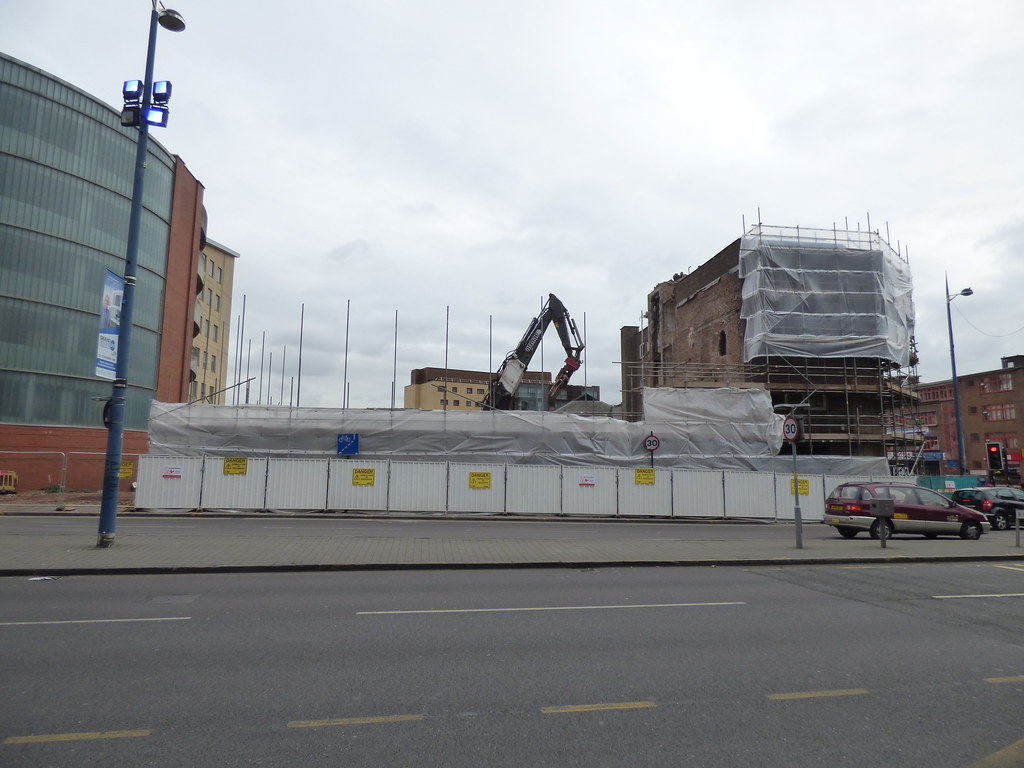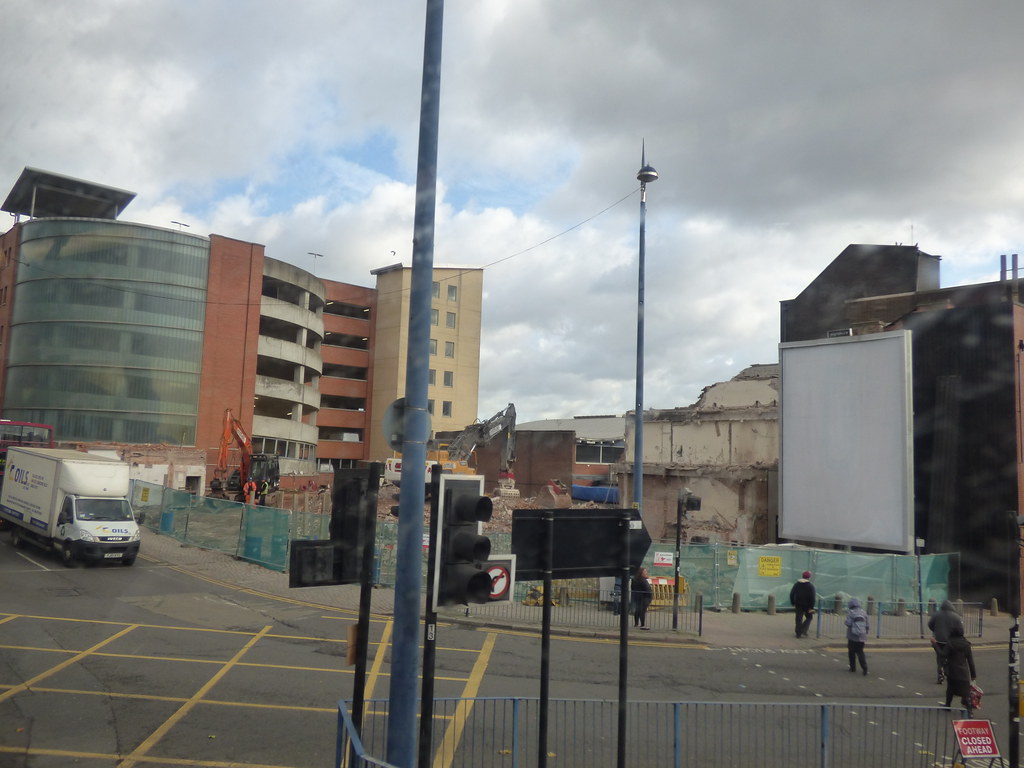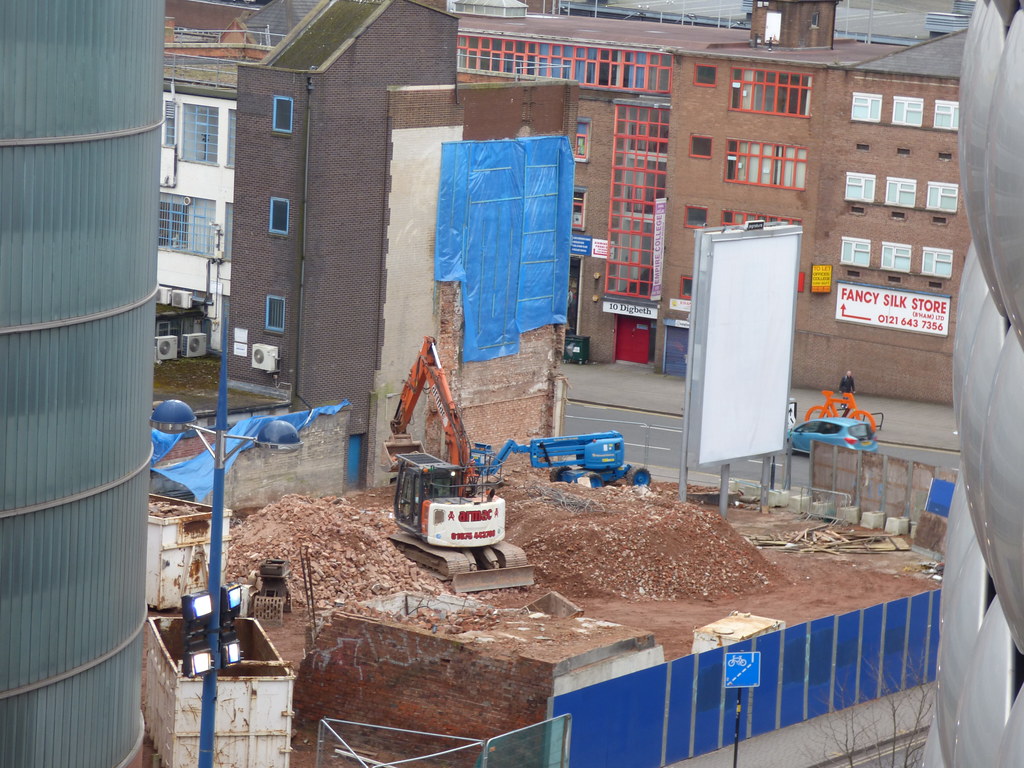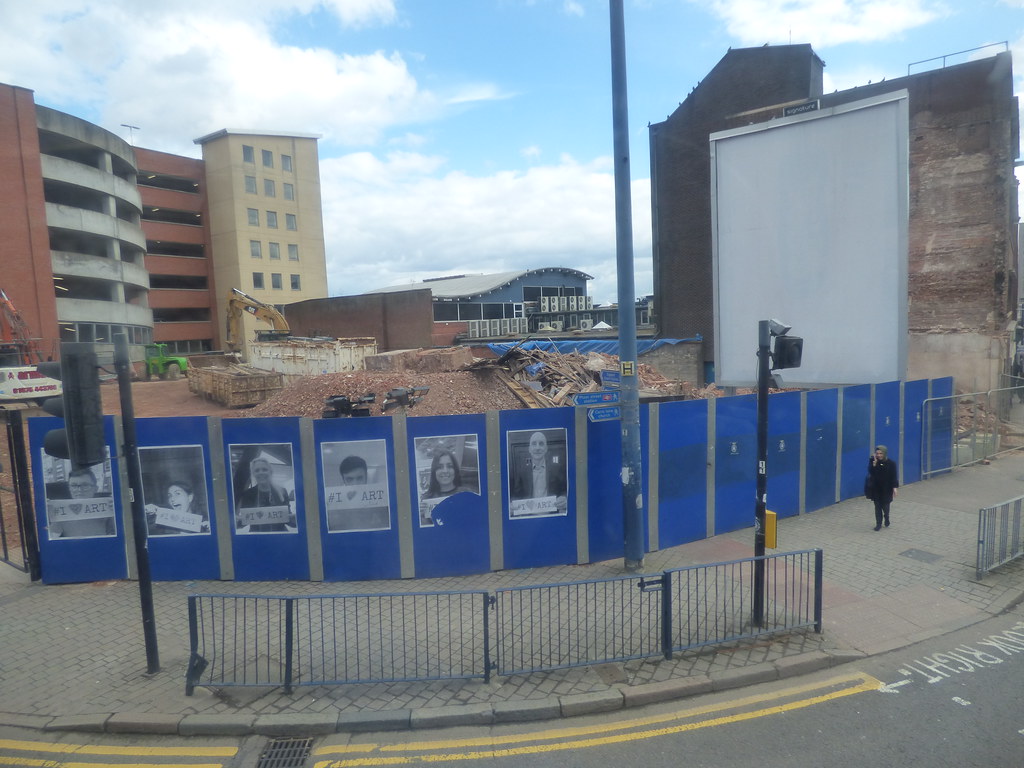Yes Mike, I think it could well be. Thanks for the 1553 map info. Janice also mentions in post #24 that the George is difficult to trace back before the 1860s I'm wondering if it was at that time (and maybe as far back as the 1830s) called the Old Phoenix Tavern/Inn, which was also on Park Street at #3. The Bull Ring uncovered publication mentions this inn or tavern. Seems unlikely - although not impossible - that there were 2 pubs; either next door to each other or directly opposite each other. Could be completely wrong, but as there's no 'George' yet traced between 1820s and 1860s maybe that's why, because it had changed its name - this time to the Old Phoenix. Viv.
Last edited:










